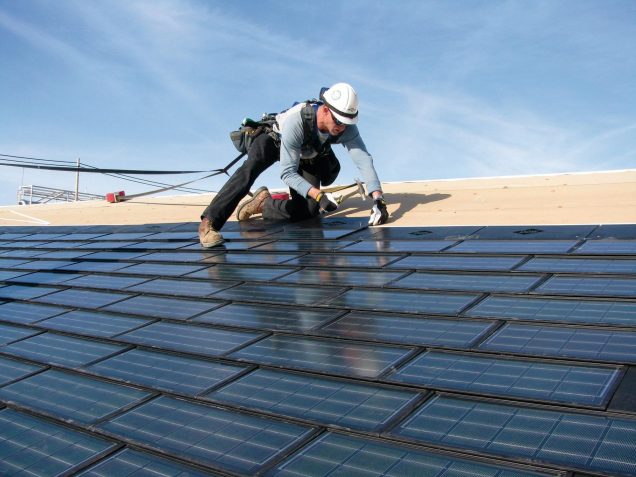It is the holiday season where we find ourselves getting jobs done around the house and getting stuck into the to-do list that we have been sitting on all year. Suddenly trips to the hardware store become a daily if not multiple daily commutes as you make slow progress on the projects. We are not always skilled and adept at the work involved and it is often a self-learning process and sometimes even trial by error, which can become costly and time-consuming. If you are laying concrete as a foundation for a structure or making a concrete floor or laying a driveway, here are some tips in getting it right the first time.
Use mesh to reinforce it
The concrete mesh is becoming a popular replacement for rebar. It helps prevent cracking and provides a structure that the concrete can attach and hold on to. The concrete mesh also increases the load that the concrete can withstand which is good for if you’re using it for areas that will incur heavyweights. Rebar can be quite hard to work with as you need to bend it into the shape of the slab and cut it to the right length with a grinder. The concrete mesh is easier to handle and manage, especially for the layman. You need to lift both the mesh or the rebar off the ground so that it sits in the actual slab and has a maximum power of strengthening and binding. Finding concrete mesh suppliers is not hard to do, a quick online search should yield plenty of answers – if that doesn’t work ask at your local hardware store, they will almost certainly point you in the right direction.
Preparation is what makes it last
You need to level the area that you will be pouring the concrete into. Depending on how big the area is that you’ll be working on, you may want to hire an excavator or some extra manual labour help. Use a spirit level to check that it is in fact level in all places. Take lots of time building the form. Use a string to help guide the form and make sure that it’s straight. Have your form properly secure so that when you begin to pour the concrete it doesn’t collapse. Use screws rather than nails so that it doesn’t lose shape when it starts bearing weight. Cut the stakes that are used flush so that when you are levelling and screeding, it won’t get in the way.
Determine the workload of your slab
If you are anticipating heavy loading on the concrete, like parking cars and other vehicles, you will need to prep the base onto which you pour the concrete and will need to make the base thicker. If you don’t anticipate much load, you can pour a thinner base layer over the soil or gravel. But this base needs to be compacted and prepared so that it is properly stable and won’t cause cracking in the future. If in doubt, compact again. Dampening the base soil will help compact it, don’t add to much water that it runs, but just enough that you can see it clumping together and binding.













